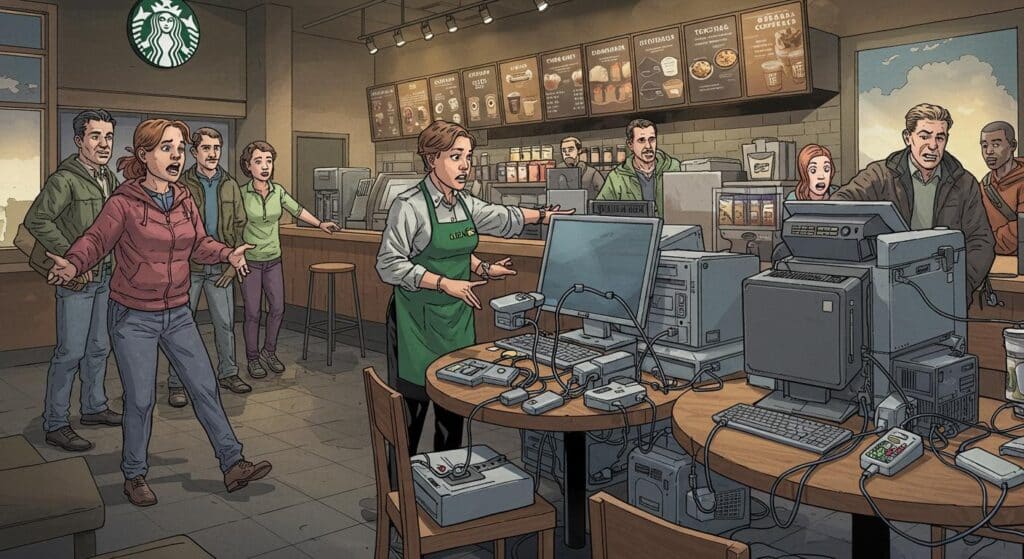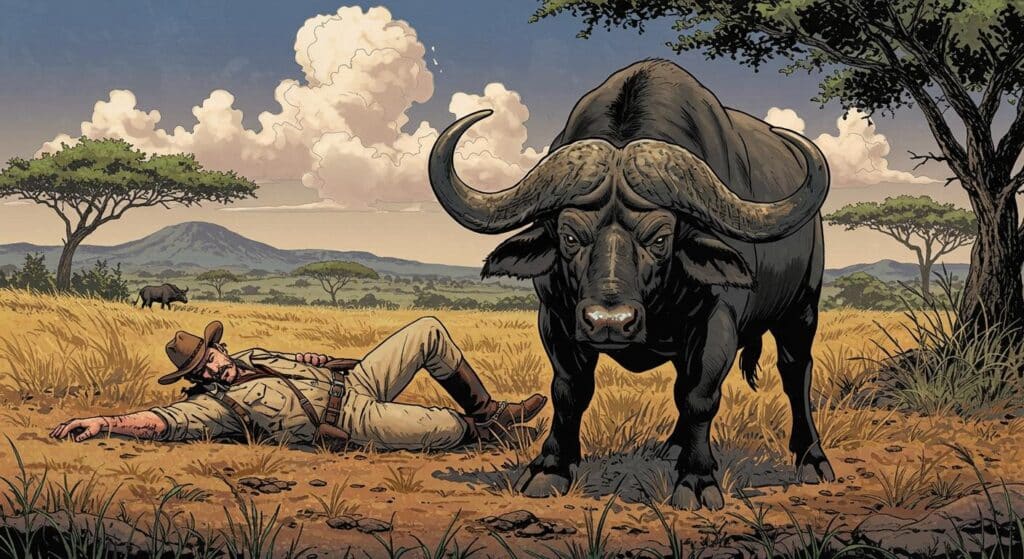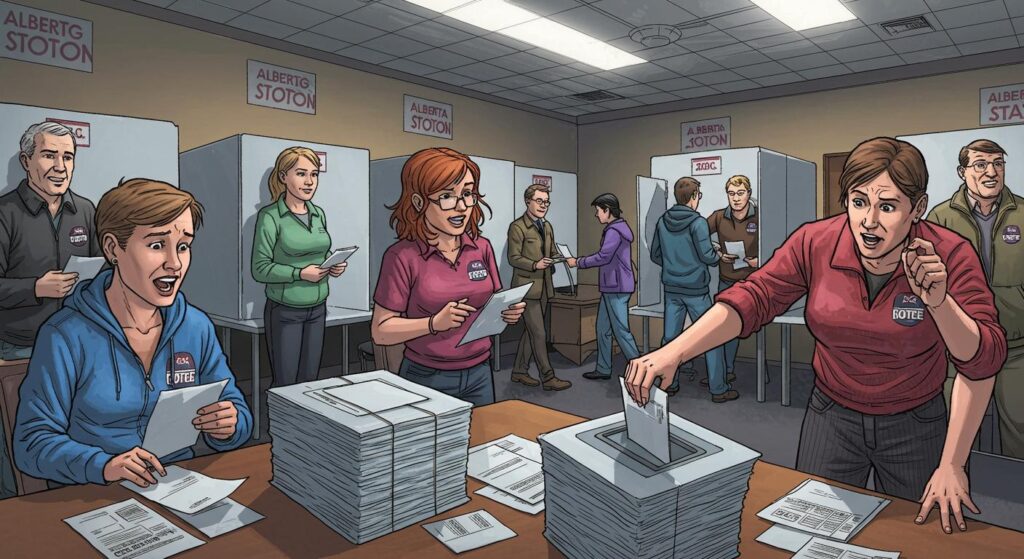Strange proposals aren’t exactly rare in local politics, but Douglas County, Colorado, recently found itself on the edge of something both oddly upbeat and quietly controversial: government-subsidized positivity. In a move documented by Editor & Publisher, Terri Wiebold, publisher of the Castle Pines Connection, formally asked county officials for $350,000. The goal? To help the paper spotlight what Wiebold calls “good news” about Douglas County, and to do it using taxpayer dollars.
Funding Sunshine: A Transactional Proposal
As outlined in Editor & Publisher’s coverage, the pitch to the county board was unambiguous: pay the newspaper a substantial sum in exchange for a focused campaign highlighting the county’s positive stories and achievements. Wiebold, whose publication covers local events and community life, brought the proposal directly to county commissioners. The prospect of the government underwriting an ongoing flow of good news—public relations blended with journalism, but with public funding—raises a unique set of eyebrow-arching questions.
In a detail highlighted by Editor & Publisher, county leaders were set to discuss the idea at a public meeting but quietly pulled the proposal from their agenda at the last possible moment. This move effectively nixed the debate, leaving both the specifics of the plan and the commissioners’ thoughts on it unexplored. Since the topic never saw open discussion, details about the proposed arrangement—such as what qualified as “good news” or how editorial oversight would function—remained unshared with the public.
Lines Between Information and Public Relations
Commissioners in Douglas County, described by Editor & Publisher as generally conservative, were being asked to walk a fine line between community engagement and perceived government influence over local press. The outlet notes the plan appeared to represent a direct, transactional exchange: public money for curated optimism.
This brings up a familiar dilemma for watchers of local journalism: when does public communication cross into the territory of PR—and what happens when the funding for “news” comes with strings attached? As summarized in the report, the specifics of story selection, approval, and editorial independence were never aired in public session, so it’s unclear if the paper would retain free rein over content or act at the pleasure of the funding body. The absence of that dialogue leaves room for speculation but precious little concrete information.
Given that traditional journalism typically tries to maintain a clear separation between editorial independence and funding sources, the idea of content marked “for good vibes only” courtesy of a county line item feels—as Alex’s style might note—not entirely without irony.
Local News, Local Funds, and the Modern Dilemma
Editor & Publisher also points out that, while it’s not unheard of for states or counties to provide support for journalism, such arrangements usually involve broad support for public-interest reporting or newsroom training, rather than payment for favorable coverage of a specific local government. The report mentions the broader context facing newsrooms: as trust in traditional outlets faces new challenges, local newspapers are increasingly experimenting with everything from online puzzles to artificial intelligence in search of revenue and relevance.
Amid this upheaval, the question lingers: Is government-backed positivity a balm for declining reader trust, or does it risk further eroding faith in independent reporting? If a county wants to amplify its bright spots, should it do so directly, or let the press find the sunshine naturally?
The Curious Comfort of Uncommissioned Stories
For the moment, Douglas County’s check remains unwritten, and the Castle Pines Connection continues operating outside the sphere of official subsidy. The episode offers a quietly amusing snapshot of the current media landscape—where, in addition to covering city council drama and the occasional rogue wildlife report, a local paper might just try to sell its optimism wholesale.
Would Douglas County residents have signed up for municipally-endorsed good news? That answer, like the details of the proposal itself, is now lost to a meeting that never happened. It’s an open question whether official sponsorship of cheer would have delivered what readers actually want—or simply left folks wondering what else was quietly left off the agenda.







